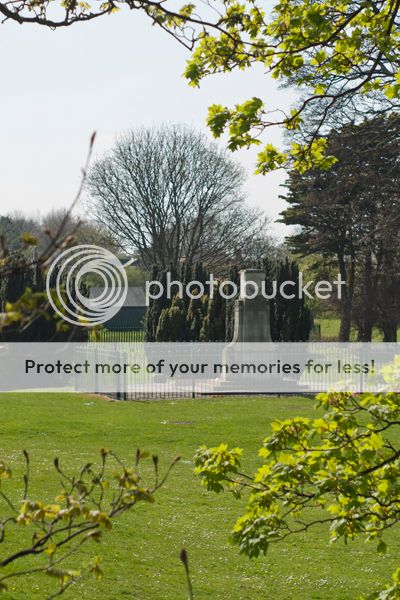I think trying it with little pictures posted here is going to be pretty difficult. On screen and in print at home maybe easier

Back when I had my Canon DSLR's I tried comparison shots between my MFT Panny G1 and APS-C Canon 20D and FF 5D and believe it or not it was even a close call with the 5D in anything but the extremes of ISO and DoF. In fact in difficult lighting such as harsh light and shadow it was easier for me to get the shot first time with the G1. More on that later. I tried on screen and printed shots and the people I roped in were mostly baffled. The last time I tried I was showing G1 and 5D shots printed to fill an A4 sheet and the person I'd roped in saw the first shot and excitedly exclaimed "I want this picture" (I can't remember which camera took it) which was nice for me as I took the shot

but pretty pointless for the test except that it proved to me that non geeks just don't care and just look at the picture

That was back then with what is now old kit but I expect the same to be pretty much true these days too as every system has moved on.
I've done more recent comparisons just for myself with my Sony A7 and MFT G7 and GX7 and I can see differences but I'm not sure they matter except at the extremes of ISO, dynamic range, noise and pixel peeping.
I took these shots whilst standing in the same spot, one with the FF A7 and 35mm f2.8 at f8 one with the MFT GX7 and 17mm f1.8 at f4. They're both ok. The framing is different and one is 3:2 and the other 4:3 but maybe these things don't matter. If I zoom in to 100% the A7 shot is sharper but in a whole image I don't think it matters.


The following are the kind of shot that convinced me that my time with a FF DSLR was nearing its end. They were taken with my old Panasonic G1 and an old manual focus lens. They may not look exciting but the point was a harsh light test and the light was very harsh and even though the G1 lacks dynamic range compared to the 5D it was still easy to get a usable shot first time by keeping an eye on the histogram and knowing how far to push it and still protect the highlights and be able to boost the shadows a bit post capture. With the DSLR I'd probably have had to take more than one shot to make sure I'd got one which would protect the highlights and allow me to boost the shadows. I know this is a slightly different topic to image quality and telling a FF DSLR shot from a smaller format shot but they do show a scenario in which having in view aids helps to get the shot.


I'm a bit of a believer in starting at the end and working backwards and by that I mean considering the final output be it either on screen or in print and then working out how to get it. I rarely print these days and the biggest I've ever printed is A3 and most of my pictures are viewed on screen and zapped off around the world electronically 2,000 pixels wide. So that's my criteria, shots need to look good on screen and be occasionally printed. I've seen pictures I've emailed off 2,000 pixels wide printed, framed and on someones wall and they look fine.
So, all this has convinced me that mostly for me image quality is pretty much not something to worry too much about at low to even quite high ISO settings. Keeping the crop factor in mind helps, for eg. if I shoot FF at f8 I shoot MFT at f4, ETTR may help and processing each shot for best effect helps too but mostly I don't worry too much

Wedding togs, astro photographers and those who shoot birds in flight at midnight may have different criteria.





